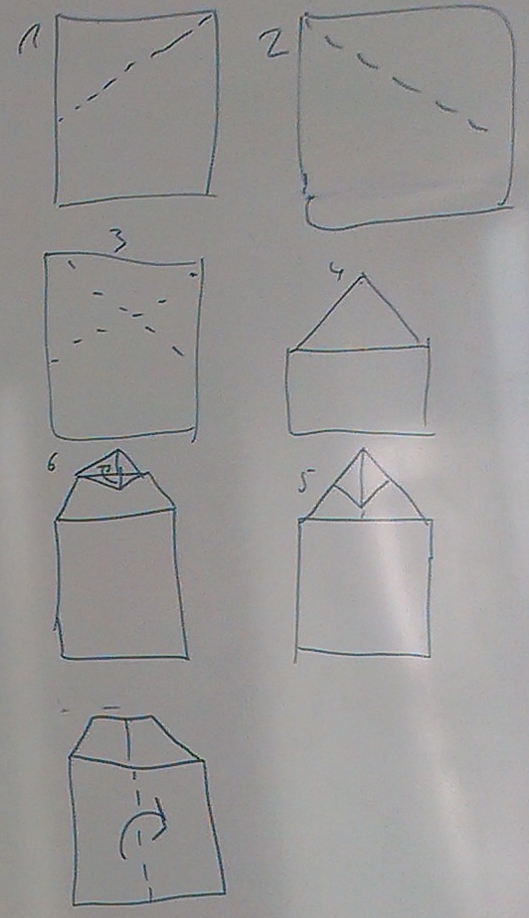In the last part of the Scrum Basics Series I’d like to step away from all the theory and give you a small exercise on how you can practice the Scrum Basics with a new Scrum Team. There are a lot of examples on the internet, but my all-time favourite is “Build a Paper Plane”. It is easy enough for everyone to understand within minutes.
You don’t need any special resources (like Lego bricks), just some pieces of paper. And besides that it’s real fun!
Rules
The Scrum Team in the exercise includes participants who fold the paper planes, a Scrum Master and a Product Owner. The task of the Scrum Master is to watch the process, remove impediments and moderate the Retrospective. The Product Owner has to test the planes during the Sprint and throw them at the end of the Sprint in order to make the decision to accept the planes or not. The participants who are supposed to fold of course have to produce the paper planes. Each participant can only fold the paper once before passing it on to the next one in the folding group. The planes have to fulfil certain Acceptance Criteria, e.g. they can fly a set distance (adjust this to the room you are using – like from one side to another or through the door). In more experienced groups the Product Owner can also add more Acceptance Criteria from Sprint to Sprint.
Timeframes

The Team has three Sprints in total. Each Sprint consists of a 1-minute Sprint Planning, in which the team agrees on how many planes that fulfil the Acceptance Criteria they think they can produce within the Sprint. Then they have 8 minutes of folding time. In a 1-minute Review the PO throws the planes and checks if they fulfil the Acceptance Criteria. What follows next is a 1-minute Retrospective in which the team, with the help of the Scrum Master, takes a look at the difference between their commitment from the Sprint Planning and the result from the Review. The team then tries to improve their commitment and outcome in the next iteration.
Experiences
I have played this game several times with different groups and the outcome and learnings always differ. Sometimes they adjust the workflow in the Retrospectives so much, that the productivity goes down. Sometimes they realise that “bugfixing” the already folded planes that did not pass the Acceptance Criteria in the first try can add a lot of productivity to a later sprint. I also had one PO changing the Acceptance Criteria to “I don’t want as many planes as possible, but good quality ones!”. It is always an interesting game to witness and also a nice team building exercise.
And a small hint on the side: if you don’t clean up after that exercise, you will have paper planes flying around your offices for the weeks to come 😉.
